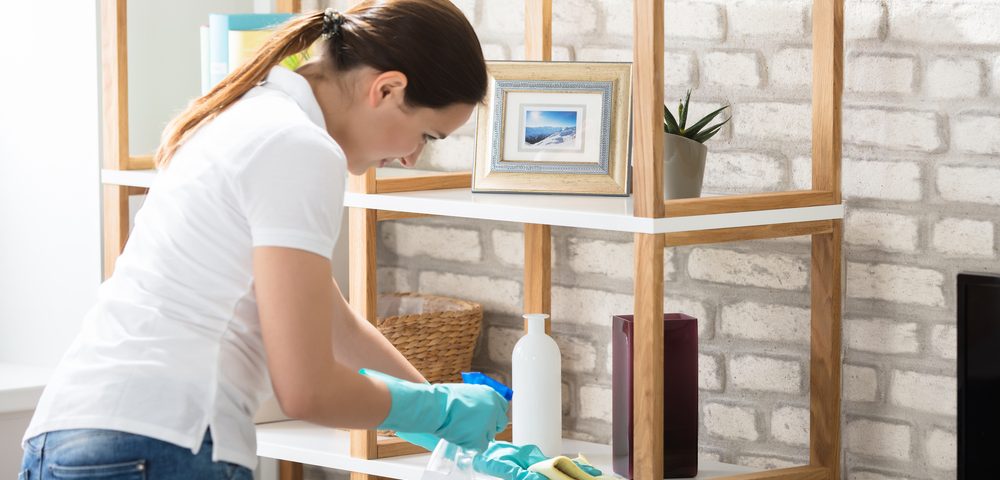Minimalism, Filipinos, and Disability

I’ve been pondering the minimalism movement a lot lately. This is because I recently found myself with more than a dozen boxes from my childhood home, and along with these came a sense of responsibility to organize the contents inside of them.
As my husband and I unpacked the boxes, I was hit with a barrage of memories from yesteryear. We unearthed letters from friends, random doodles dating back to first grade, school projects, and other miscellaneous knickknacks. Each item passing through my fingers, transported me back to the relevant place in time, and I felt emotional when letting go of each one.
“I think I got too many memories getting in the way of me.” –”Stay Frosty Royal Milk Tea,” Fall Out Boy
I felt the truth of the above song lyric when it came to discarding things that were, practically speaking, no longer useful to me. One particular box was filled to the brim with clothes — many of which no longer fit or are outdated — yet I couldn’t bear to toss them in a trash bag because of the memories I associate with them.
Over the past few weeks, I have been reading the popular decluttering book, “The Life-Changing Magic of Tidying,” by Marie Kondo. I was fed up with our room being in a constant state of clutter (because of me). I felt it would not be right to welcome our new baby into a messy room. Yet I felt helpless because I had spent much of my life gathering stuff and holding on to it. My position was in direct contradiction to Kondo’s primary principle that you should only keep things that spark joy; we should discard everything else. She recommends that if you haven’t used something for three months, you’re unlikely to use it again — so throw it out. She advocates that her specific form of minimalistic living guarantees a path to a joyful life.
I thought about it for a long time and could see how it made sense. In those boxes were several things I hadn’t used in years. Did they spark joy in my life? Certainly not, since they were not used for their purpose — but they were taking up space in my life.
Being the curious person I am, I scoured the internet for other resources on minimalism. I also looked for criticisms on Kondo’s work to gain different perspectives.
One resource I found criticized the extreme minimalist movement for advocating a lifestyle that only the wealthy could afford. The author argued that if you were part of the lower middle class, this form of minimalism that “eschewed all things” and advocated total bareness would not make sense. The reason people hoard is to avoid risk. What drives us to hoard randomly is the same thing that drives us to buy extra canned goods in case calamity strikes and there is nothing else to eat. If you are wealthy enough, you need not hoard, since you can afford to shoulder the risk of not having something extra to fall back on. For example, in the wake of a storm, you could relocate to your second house in a different state and have fresh food delivered.
This view is particularly relevant to the current situation in my country, the Philippines. The children of parents who grew up poor often complain about their parents’ hoarding tendencies — and it’s a fair criticism, especially if they accumulate items they will never use, while they make do with old, beat-up things for daily use. But what’s often overlooked is the main reason they became hoarders in the first place. Because that is the situation most people are in right now.
People with disabilities may have it even worse. While they are physically deprived to start with, many people with disabilities here are also economically challenged. So it’s not surprising that they would be enticed to hoard free treatment opportunities, donations, supplies, and medication because they don’t have certainty about when the next supply will come.
I’ve realized that our house will never be bare-bones minimalist. Don’t get me wrong; my husband and I are not against the movement. In fact, he advocates living with a lot less “stuff” and focusing on gaining experiences. However, we will always feel a need to fill a few drawers to the brim with spare medical equipment along with other items my husband needs to treat his hemophilia. If we don’t get to use them within three months, we won’t throw them away.
And that’s OK.
***
Note: Hemophilia News Today is strictly a news and information website about the disease. It does not provide medical advice, diagnosis, or treatment. This content is not intended to be a substitute for professional medical advice, diagnosis, or treatment. Always seek the advice of your physician or another qualified health provider with any questions you may have regarding a medical condition. Never disregard professional medical advice or delay in seeking it because of something you have read on this website. The opinions expressed in this column are not those of Hemophilia News Today or its parent company, Bionews Services, and are intended to spark discussion about issues pertaining to hemophilia.







Paul RYKEN
As a practising minimalist and a parent of a person with Cystic Fibrosis, I understand some of your arguments. My 25-year-old son over the years had a hobby of collecting name-brand shoes. It was his outlet of "joy" growing up, but now as he gets closer to his average terminal age, he has decluttered to allow him to have more experiences in his life. The tradeoff was initially financially driven, but now he sees the value of less (stuff) to have more (experiences).